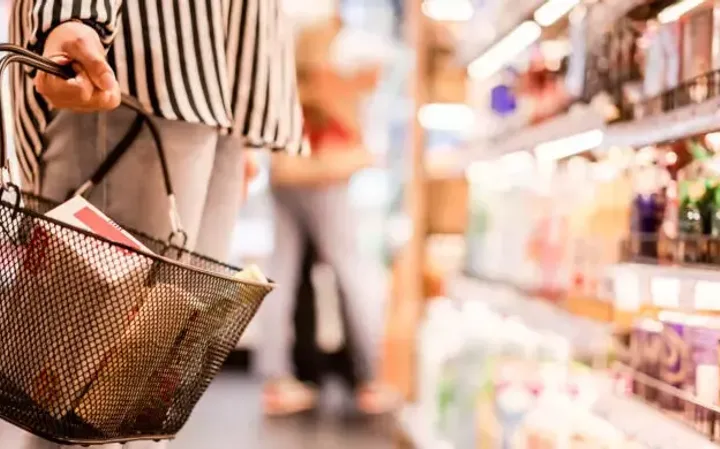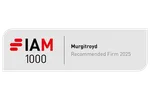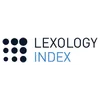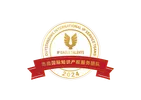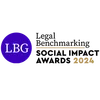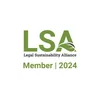The UK food and drink market is highly competitive. Manufacturers race to bring out original or eye-catching products, trying to capture a larger share of the market. Yet as soon as products hit the shelves, competitors seek to launch their own ‘lookalike’ variations. So, can they be stopped?
Here, our expert Eleanor Coates outlines how brand owners can comprehensively protect their product designs with IP rights.
How can brand owners prevent copycats?#
From lookalike ‘Heck’ sausages to the Colin vs Cuthbert caterpillar cake scandal and (more recently) the snow globe gin bottle dispute, supermarkets are regularly engaged in copycat product debacles. Clever marketing teams can avoid using the trade marks of brand owners, with only the look and feel of a product or its packaging designed to resemble the original equivalent. Generally, this provides the consumer with a level of comfort as to the quality of the product — that being a suitable (and often lower cost) alternative.
While this is a frustration for brand owners, there is something that can be done. The benefits of registered design protection — which can be applied to things like the appearance and packaging of a product — has been forcibly illustrated once more in the recent Marks & Spencer v Aldi case.
Aldi heavily promoted a light-up ‘snow globe’ gin bottle with gold flakes after Marks & Spencer had filed a multiple design application in July 2021 to protect various elements of the shape and decoration of its own highly similar gin bottle, which originally launched in 2020.
Aldi believed that by having its own name for the product — “THE ILLUSIONIST” — appear on the front of the bottle, this would be sufficient to create a different overall impression to the ‘informed user’.
Learnings from the infringement decision#
The Intellectual Property Enterprise Court (IPEC) recently ruled that this was insufficient for Aldi to pass the infringement test and found that the bottle did infringe Marks & Spencer’s registered designs. Aldi now faces paying damages and costs based on sales.
Interesting points from the case included that the ‘informed user’ was deemed to be the consumer and that the level of design freedom for Aldi was high in terms of bottle shape and decoration — meaning that Aldi did not have to arrive at such an identical shape and similar decoration.
The decision illustrates that making minor changes to a registered design will not be sufficient to protect against infringement claims. If a registered design is deemed to differ substantially from the existing design corpus, the overall impression that it leaves on the consumer will be harder for another design to differentiate from.
Advice for brand owners seeking design protection#
We always recommend that registered design protection is sought as soon as possible — preferably before the launch of a new product or packaging. However, it is still possible to register a design in the UK and EU up to 12 months after the product is placed into the public domain by taking advantage of the grace period provided to do so.
Brand owners — particularly those in the food and drink sector — should always seek advice and consider filing to protect elements of their packaging. Design registrations have the unique advantage of being able to layer protection — i.e., aspects like the full design, a variant without the trade mark, elements of the decoration, the top of the bottle and the background decoration can all be registered together in one ‘multiple’ design application. This makes it much harder for lookalike products to incorporate those elements or be highly similar to the original design.
It is not only new products that can benefit from design protection — brand owners should note that established products can still be eligible if the design of the packaging new. A packaging refresh (or, for example, a change in the shape of bottle) could be sufficient to open this route of protection.
For a free initial chat with our specialist design protection team, get in touch with me at [email protected].
